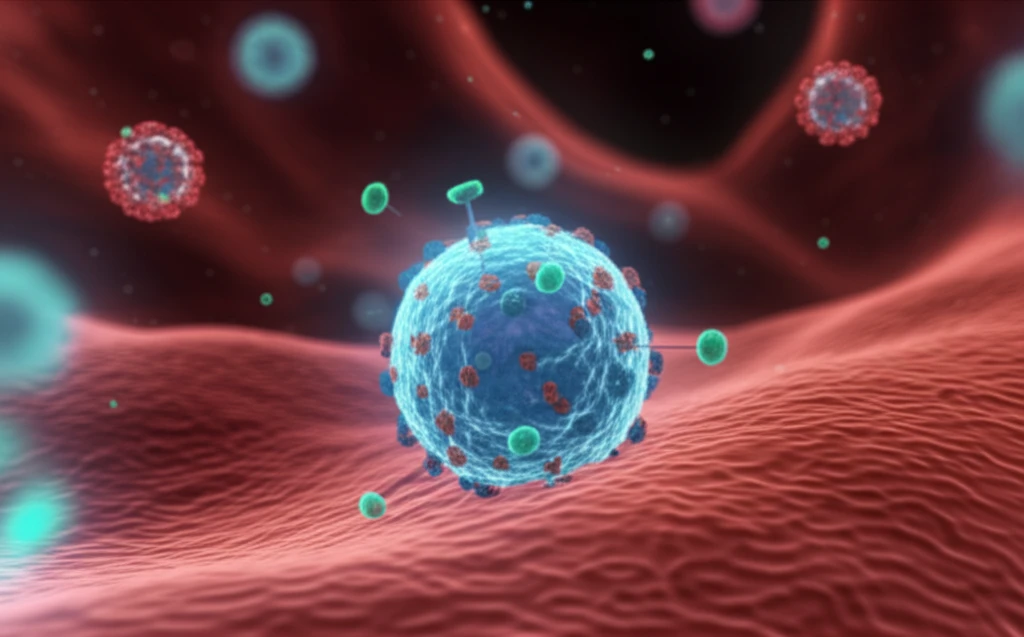
Unlocking the Body's Healing Power: How Tissue Factor Aids in Repair
"New research reveals the surprising role of tissue factor in airway healing, offering hope for faster recovery from lung injuries and inflammation."
Our bodies are remarkable self-healing machines, constantly working to repair damage from injuries and illnesses. This intricate process involves a complex interplay of biological factors, each playing a vital role in the restoration of tissues and the maintenance of health. While many of these factors are well-understood, scientists are continually uncovering new players in this essential process.
Recent research has turned the spotlight on a surprising candidate: tissue factor (TF). Traditionally recognized for its role in initiating blood clotting, TF is now emerging as a key facilitator of wound healing, particularly in the delicate environment of the airways. This new understanding opens up exciting possibilities for improving recovery from lung injuries and managing respiratory conditions.
This article explores the latest findings on tissue factor and its impact on airway epithelial cells – the cells that line our airways. We'll examine how TF is activated, its role in cell growth and repair, and the potential for new therapies that harness this natural healing mechanism.
Tissue Factor: Beyond Blood Clots - A Multifaceted Healer

Tissue factor (TF) is a protein found on the surface of many cells throughout the body. Its primary function, as most of us know, is to kickstart the coagulation cascade, which is a series of steps that leads to blood clot formation. This process is essential for stopping bleeding after an injury and preventing excessive blood loss.
- Initiates Coagulation: Primarily known for activating the clotting cascade to stop bleeding.
- Promotes Cell Growth: Stimulates the proliferation of cells involved in tissue repair.
- Regulates Inflammation: Influences the inflammatory response, which is crucial for healing.
- Facilitates Cell Migration: Aids in the movement of cells to the site of injury, a key step in the healing process.
Future Directions and Therapeutic Potential
The discovery of TF's role in airway healing opens exciting avenues for future research and potential therapies. By further understanding the mechanisms of TF activation and its effects on cell behavior, scientists may develop new treatments to accelerate wound healing in the lungs and improve outcomes for individuals with respiratory conditions. This research offers a promising step towards harnessing the body's natural healing capabilities to promote better respiratory health and overall well-being.
